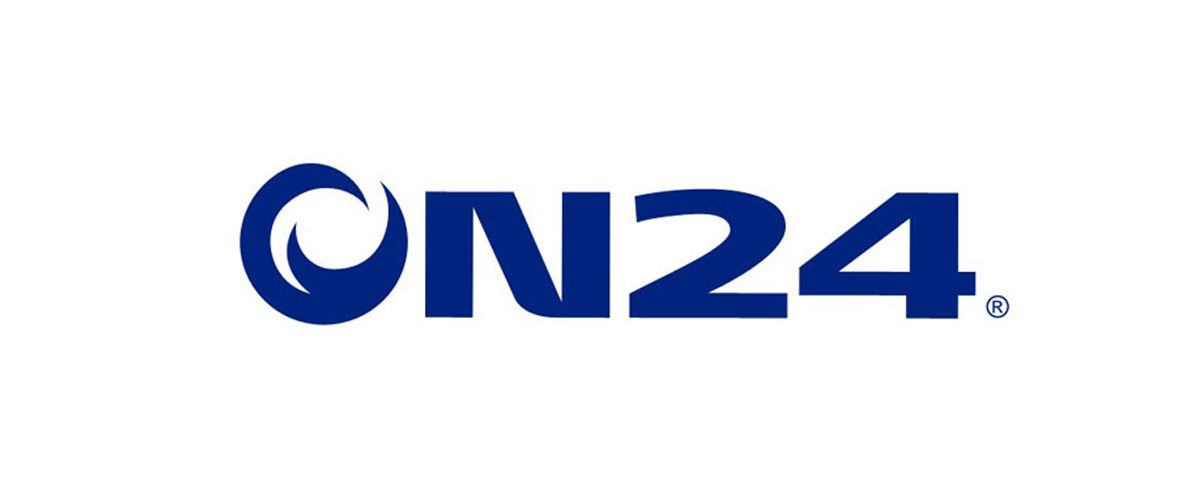PowerPoint isn’t just a tool for creating presentations—it can also serve as a powerful photo editing platform, especially if you don’t have access to professional tools like Photoshop. With PowerPoint’s built-in features, you can perform a variety of photo edits such as cropping, resizing, applying filters, removing backgrounds, and adding effects, all within the application.Here’s how to edit pictures in PowerPoint without the need for Photoshop:
1. Cropping and Resizing Images
One of the most basic and useful photo editing features in PowerPoint is the ability to crop and resize images. Cropping allows you to focus on specific parts of the image, while resizing helps you fit the image into your slide layout.How to Crop and Resize:
- Insert Your Image: Go to the Insert tab, click Pictures, and choose the image you want to edit.
- Select the Image: Once inserted, click on the image to select it.
- Crop the Image:
- Go to the Picture Format tab and click on the Crop button.
- Drag the black crop handles to focus on the area of the image you want to keep.
- Press Enter to apply the crop.
- Resize the Image: Drag the corners or edges of the image to resize it without distorting the aspect ratio.
2. Removing Backgrounds
PowerPoint’s Remove Background feature is incredibly useful for isolating subjects in images. It automatically detects the background and removes it, leaving just the central subject.How to Remove Backgrounds:
- Select the Image: Click on the image, then go to the Picture Format tab.
- Click “Remove Background”: The areas PowerPoint detects as background will be highlighted in purple.
- Mark Areas to Keep or Remove:
- Use the Mark Areas to Keep and Mark Areas to Remove tools to fine-tune the selection.
- Apply the Changes: Once you’re satisfied, click Keep Changes to remove the background.
3. Applying Artistic Effects and Filters
PowerPoint has a variety of artistic effects that can be applied to images, mimicking photo filters you might find in dedicated editing software.How to Apply Artistic Effects:
- Select the Image: Go to the Picture Format tab and click on Artistic Effects.
- Choose an Effect: Browse through effects like Blur, Pencil Sketch, Watercolor Sponge, and more.
- Adjust Transparency and Brightness: Use the Corrections and Color options in the same tab to adjust the brightness, contrast, and overall look of the image.
4. Adding Borders and Shadows
PowerPoint allows you to add borders, shadows, and other effects to images, making them stand out more in your presentation.How to Add Borders and Shadows:
- Select the Image: Click the image and go to the Picture Format tab.
- Click “Picture Border”: Choose a color for the border and adjust the thickness.
- Add Shadow Effects: Under Picture Effects, select Shadow and choose from preset shadow styles.
5. Combining Images with Shapes
If you want to place your images into a custom shape, you can use PowerPoint’s Merge Shapes feature to combine images and shapes creatively.How to Merge Images and Shapes:
- Insert a Shape: Go to Insert > Shapes and select a shape.
- Insert Your Image: Follow the steps to insert the image on top of the shape.
- Merge the Shape and Image:
- Select both the shape and the image by holding Ctrl and clicking each one.
- Go to the Shape Format tab, click Merge Shapes, and choose Intersect to merge the image with the shape.
6. Adding Text and Overlays
If you want to add text overlays or combine multiple images, PowerPoint makes it easy to create layers and add design elements to your photos.How to Add Text and Overlays:
- Insert a Text Box: Go to Insert > Text Box, then type your text on the image.
- Format the Text: Use the Home tab to change font style, size, and color.
- Position the Text: Drag the text box over the desired area of the image.
- Add Overlays: Insert additional shapes or images to layer over or under your main image.
Final Thoughts
PowerPoint is a surprisingly powerful tool for basic photo editing, offering features that allow you to crop, resize, remove backgrounds, and add artistic effects—all without needing Photoshop. Whether you’re creating a professional presentation or simply editing an image for a project, PowerPoint provides a flexible and user-friendly platform for your editing needs.





